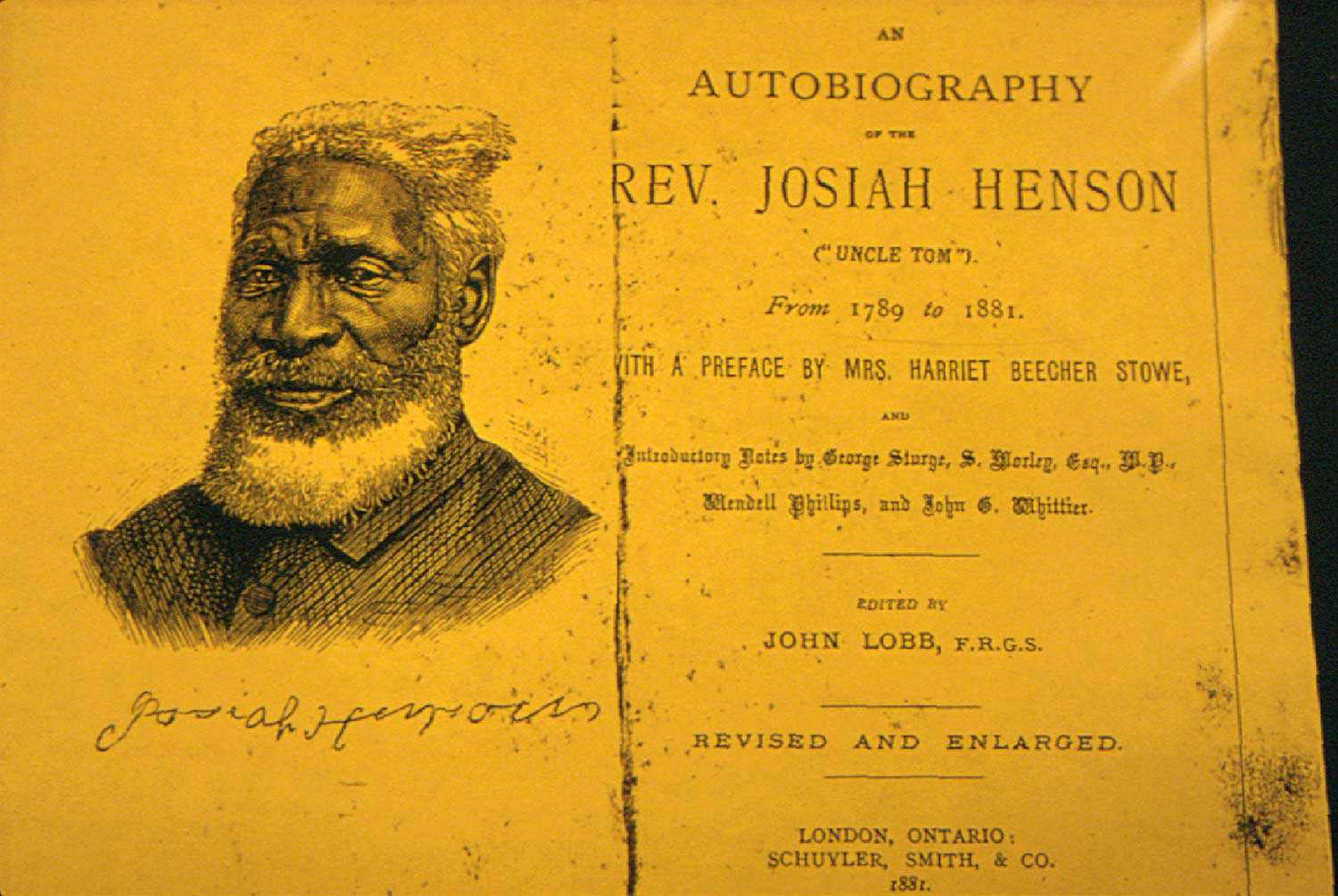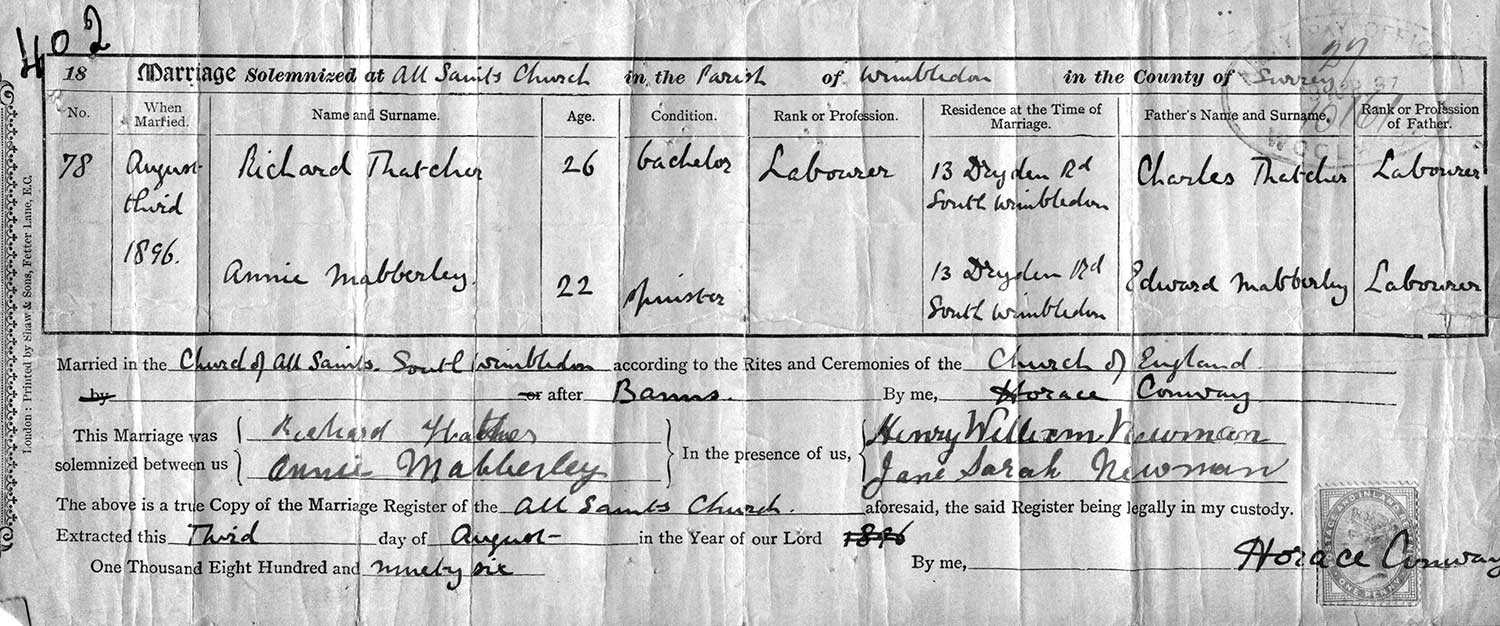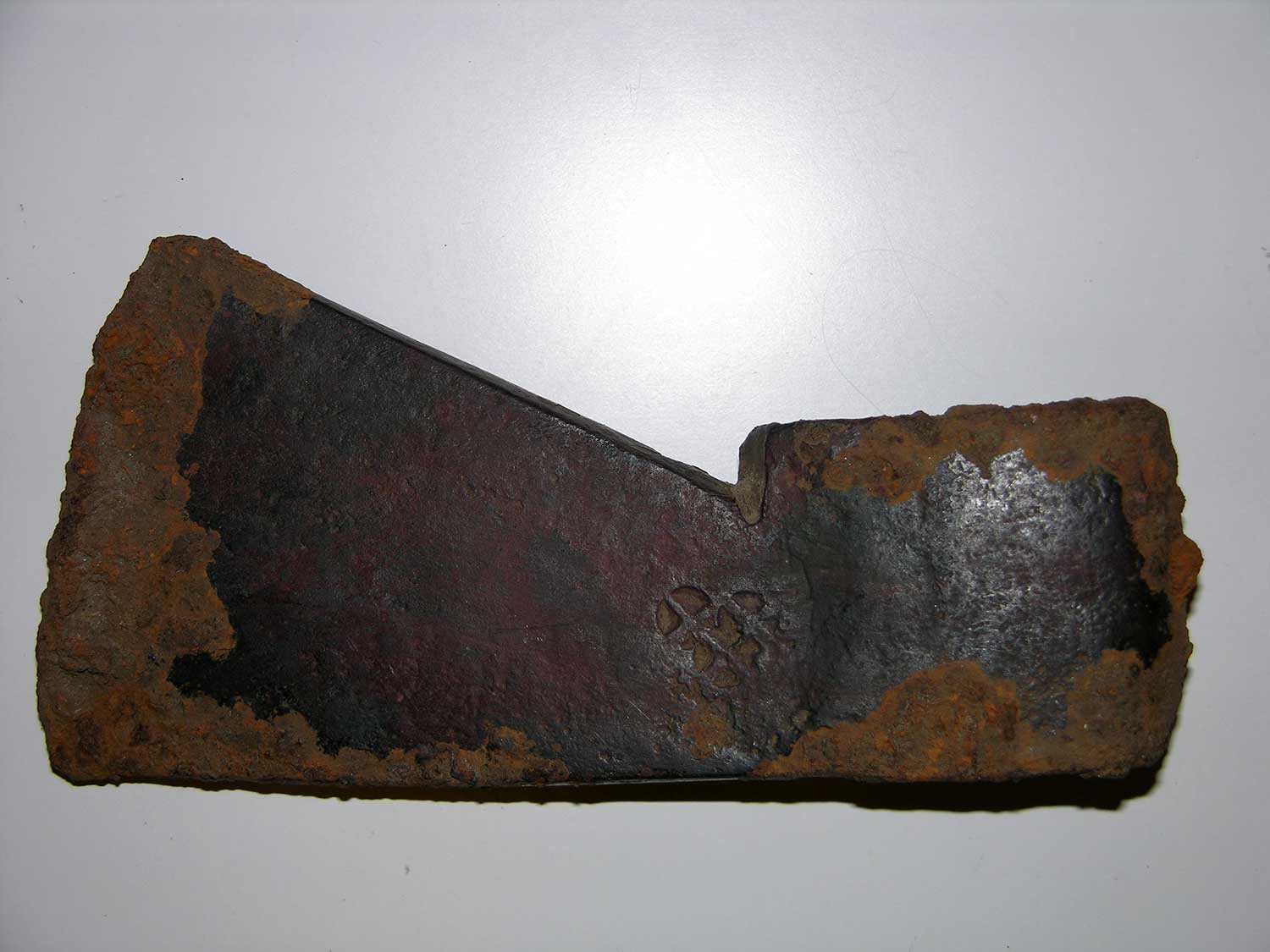

Browse by category
- Adaptive reuse
- Archaeology
- Arts and creativity
- Black heritage
- Buildings and architecture
- Communication
- Community
- Cultural landscapes
- Cultural objects
- Design
- Economics of heritage
- Environment
- Expanding the narrative
- Food
- Francophone heritage
- Indigenous heritage
- Intangible heritage
- Medical heritage
- Military heritage
- MyOntario
- Natural heritage
- Sport heritage
- Tools for conservation
- Women's heritage
Keeping a paper trail – How to preserve your paper artifacts
Cultural objects
Published Date: Sep 07, 2006
Photo: The Ashbridge collection held by the Trust includes these diaries. Artifacts like these are carefully preserved under archival conditions.
Books, cards, certificates, letters, diaries, manuscripts, maps, paper currency, newspapers, deeds, paintings and photographic prints ranging from the late 1700s to the late 1900s all have something in common. They are all paper-based documents and can be found in the Ontario Heritage Trust’s cultural collection. These artifacts have documented our world, inspired and captured our creativity and cemented our desire to maintain their preservation.
To ensure that valuable paper artifacts are well preserved, it is helpful to understand that there are two basic threats to the survival of paper-based documents – unstable environmental conditions and improper handling. Fortunately, these threats are both controllable.
The use of poor-quality materials and the paper-making process used by some manufacturers can contribute to a higher level of acidity, a less than ideal condition for paper documents. The ideal temperature for paper-based artifacts is between 18 and 20 degrees Celsius, with little or no temperature fluctuations recommended. Any temperature change should be gradual. Elevated temperatures coupled with high humidity can cause chemical reactions to take place in the paper, causing discolouration and embrittlement.
The relative humidity should be no higher than 60 per cent and should not fluctuate rapidly. In cases where the temperature and relative humidity are both high, these two factors create the ideal setting for the growth of mould and mildew. The recommended relative humidity for paper is below 50 per cent – with photographic material even less, at 45 per cent.
Paper documents are extremely sensitive to natural and artificial light. As a result, paper will discolour and pigments and dyes will fade. The use of ultraviolet filters will reduce the amount of harmful ultraviolet light. Limiting the exposure time of paper artifacts on display will extend the life of those artifacts.
Poor handling of paper documents can also result in tears and creases, stains, folds and abrasions. A few simple measures will help preserve them. The use of cotton gloves when handling paper documents will protect them from finger oils. They must also be supported by a stiff acid-free cardboard backing slightly larger than the document. This will provide the appropriate support when handling the document. Overcrowding of documents in boxes can also place considerable stress on paper. Acid-free folders and boxes are a wise alternative to storing paper documents in cardboard boxes. Acid-free tissue should be used to interleave between paper artifacts. Before storing paper documents, metal fasteners such as staples and paper clips should be carefully removed. Acidic cardboard and/or backing boards should also be removed. This may be difficult depending on how the backing is attached to the paper; you may need to seek the services of a qualified conservator. Newspapers should be stored separate from other documents as they tend to be extremely acidic.
With careful attention to storage environments, your paper artifacts will be heirlooms you can pass on to future generations. Similarly, the conservation and protection of the Trust’s artifacts ensure that these treasures remain in their best possible condition for generations to come.


















